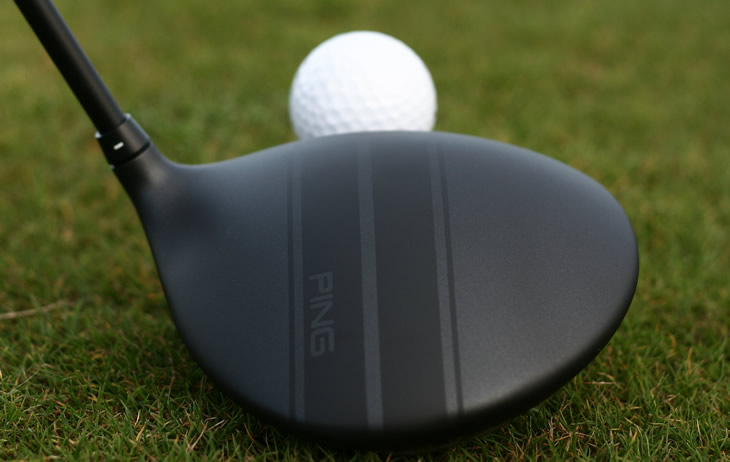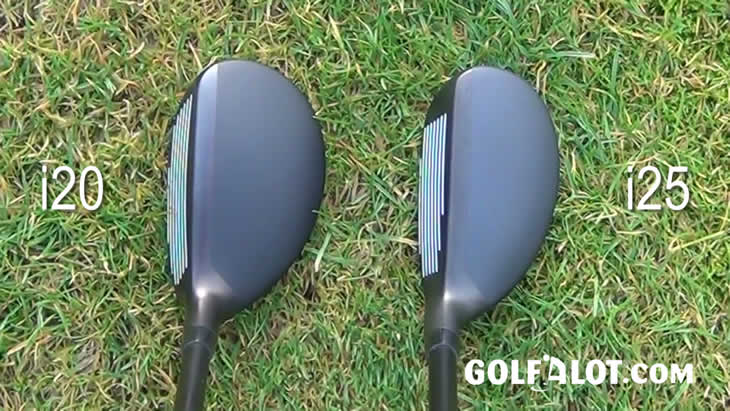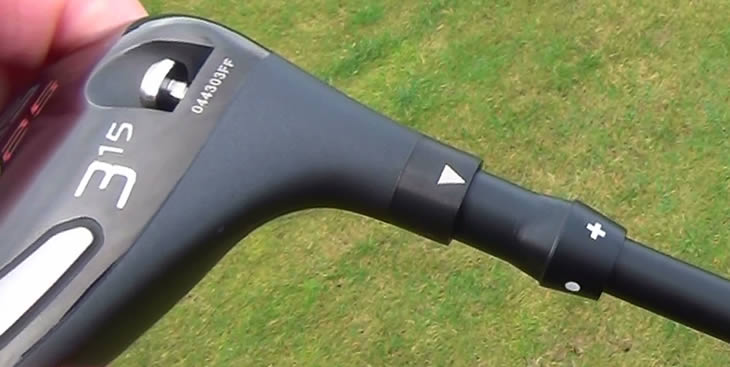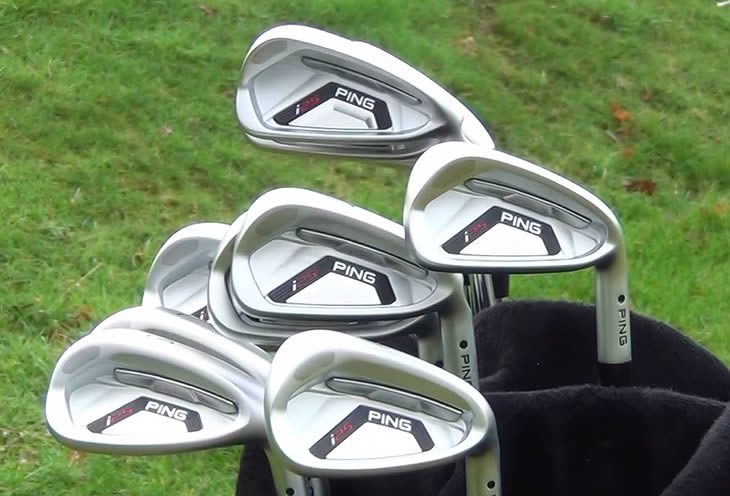The i25 series of clubs are a striking new addition to the Ping range that have significantly developed, both visually and technically, from the previous i20 models. We spoke to Marty Jertson, Director of Product Development at Ping Golf, to get the background to the latest release.
Hi Marty. What is the difference between the i25 driver and the previous i20 model?
We have continued to build on the momentum of the i20 driver bringing a lot of the good characteristics. With its classic shape, not as elongated as our G series driver, it has a lovely sound. We are still using multi-material construction to push the centre of gravity lower and further back, as well as driving up the inertia, to enable players to increase their angle of attack for better energy transfer. We use over 15 grams of tungsten weights in the sole to concentrate the centre of gravity (CG) low and back, plus we have an adjustable hosel as well as the racing stripe technology on the crown to help with impact alignment.
One of the most notable changes is visual. Previously you have had very clean looking heads, so why have you gone with lines on the i25?

We have known that this technology can add a lot of value. Drivers are freeform, beautiful looking shapes, but they don’t really have anything to give you feedback on alignment. Today golfers know the importance of face orientation at impact a lot better than in the past. The racing stripes are very tonal so you can either look at them consciously or sub-consciously and they will work for you.
Of the driver, fairway and hybrid which club has changed most from the previous range?
I would say the i25 hybrid – it is a more iron style design. The hosel axis is more forward and it launches extremely high for such a compact head shape, it is a little smaller, and it brings a lot more workability and versatility into the hybrid.

You have adjustability in both the driver and the i25 fairway wood. It is quite a small adjustment of only half a degree rather than a larger range, so why have you gone down that route?
There is a lot psychology involved in adjustability. If there is too much adjustment available a lot of golfers think if they didn't play well that day then let me tweak my club. That is not the purpose we have designed it for. The idea is for you to be able to fine tune your loft, fine tune your launch conditions and then lock it in.

Certainly if there are extreme conditions or if your swing changes you can make the adjustments, but we have done it in a way that is simple way that doesn't require a user manual. It also allows our fitters to swap out shafts and that is a big part of the i25 family as it lets you lock in on your optimal ball flight.
It seems to me that the i25 seems to appeal to a wider range of players going up the handicap range. Was that deliberate?
Absolutely. The i25 offers low spin characteristics which doesn't mean it is just for better players. There a lot of higher handicap players who produce too much backspin with the driver and too much curvature on their ball flight who will benefit from a low spinning driver. The way we achieve this low spin is by moving the CG low and back which is a different design technique.
By moving it low back we can build in a lot more forgiveness than by moving the CG forward. The moment of inertia on the i25 driver is over 40% more than on a low forward CG style low spinning driver. So we deliver low spin but without sacrificing forgiveness so regardless of where you hit the ball on the face your launch conditions are more stable and you are going to hit fairways more often and hit it longer more often.
So it is not so much the i25 moving up the handicap range, but the forgiveness benefits are actually coming down into better players clubs?
Absolutely. On tour we have a lot of our players using G-series and a lot of them are using the i-series. It is more about optimising your ball flight from a trajectory standpoint and at Ping whenever we design a club, whether it be a driver, fairway, hybrid, iron or putter, we want to make it as forgiving as possible relative to the head size.
We have some cool design techniques that allow us to separate forgiveness from workability, but all our designs we want as much forgiveness as possible.
How have better players received the i25 iron as the cavity seems to be a little deeper when compared to the i20?
That is correct. We have re-engineered the back cavity structure design and Custom Tuning Port weight so that we can make the long irons more forgiving, give better ball speed with a little wider sole and we can transition the way that structure is built with our stabilising bars so that in the shorter irons we can produce a flatter trajectory with a softer feel as those are more of the scoring clubs.

More from Ping